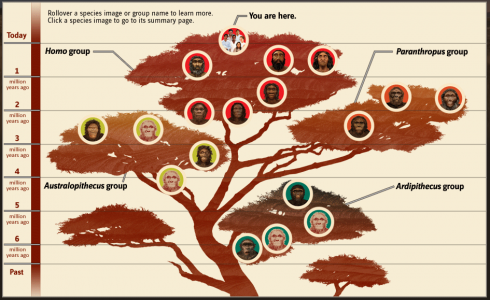I told my two (elementary aged) kids that if they didn’t behave Santa would fill their stockings with coal. They were so excited. Since the coals we use on the grill can’t melt metal, they were hoping some real coal would burn hotter. They want to make rings.
Year: 2011
Personal Ceramic Project
I have a neat little tea strainer that sits inside my almost perfect teacup, yet I’m usually at a loss about what to do with it when I take it out of the cup. When the lid is upside down, the strainer can sit nicely into a circular inset that seem perfectly designed for it; however, if I want to use the lid to keep my tea warm — as I am wont to do — I have to move the strainer somewhere else.
One option is to just put the strainer in another cup, but then air can’t circulate around it, and instead of drying, the used tea leaves stay wet and, eventually, turn moldy. A flat saucer would be better, but not perfect.
Of course, I could just empty out the strainer, wash and dry it as soon as I’m done steeping the leaves, but there are a few ancillary considerations with respect to time that make this a sub-optimal solution.
So, since we have a kiln on campus that sees regular use, I thought I’d sit in on the Middle School art class and make my own ceramic tea strainer holder. Since I’ve also been thinking about Philip Stewart’s spiral, and de Chancourtois‘ helictical periodic tables, and been inspired by Bert Geyer’s attempts at making sonnets tangible, it eventually occurred to me that an open helictical form would work fairly well for my purposes.
I’ve cobbled together a design using Inkscape, and layered it onto a cylinder in Sketchup to see what it would look like.

So far the reactions from students has been quite diverse. I have one volunteer who’s wants to help, and I’ve sparked some discussion as to if what I’m doing actually qualifies as art. There is a lot of curiosity though. The middle-schoolers will probably be doing some type of physical representation of the periodic table, so I’m hoping this project gets them to think more broadly about what they might be able to do.
Terraforming Mars

Jason Shankel has an article on how we could go about changing the surface of Mars into something humans can live on. He does an excellent job of condensing the not insignificant literature on terraforming the red planet.
Starting with an explanation of Mars’ geologic history, Shankel addresses Martyn Foggs’ list of critical challenges:
- The surface temperature must be raised
- The atmospheric pressure must be increased
- The chemical composition of the atmosphere must be changed
- The surface must be made wet
- The surface flux of UV radiation must be reduced
— Shankel (2011): How We Will Terraform Mars on io9.com.
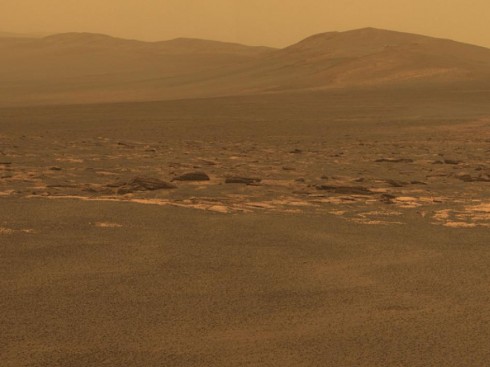
The article is expansive in its detail, provides a wonderful primer on the red planet, and demonstrates an excellent application of planetary system science (as opposed to Earth system science) to what would be an enormous geoengineering project. For example, to warm up the planet, Shankel starts with several approaches:
so how do we warm up the Martian poles? Several approaches have been suggested, from spreading dark material on the poles to lower their albedo, to industrial ice farming to good old fashioned thermonuclear detonations.
— Shankel (2011): How We Will Terraform Mars on io9.com.
He then goes into detail. Lots of detail, in a quite readable form.

Human Evolution: A Family Tree
The Smithsonian has an excellent, interactive, family tree for humanity that goes back 6 million years.
io9 has a neat image of key primate and homonid skulls that show the story of human evolution, and how we know about it.
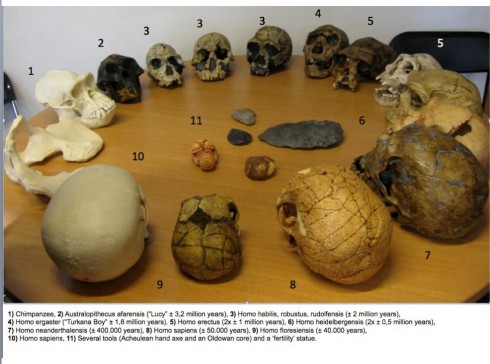
Boys vs. Girls in Math: The Difference is Only Cultural
Boys tend to be better at math. That’s been the stereotype, but a new study (Kane and Mertz, 2011) published in the Notices of the American Mathematical Society provides evidence that, at all levels, it’s only because society and culture tend to support, and advance the stereotype.
… we conclude that gender equity and other sociocultural factors, not national income, school type, or religion per se, are the primary determinants of mathematics performance at all levels for both boys and girls. … It is fully consistent with socioeconomic status of the home environment being a primary determinant for success of children in school.
— Kane and Mertz, 2011: Debunking Myths about Gender and Mathematics Performance in Notices of the American Mathematical Society.
Kane and Mertz compared math achievement in a number of countries. If there were some genetic reason for different math abilities then boys should be better than girls everywhere. This is not the case. In more wealthy countries where there is more equality between the genders, the mathematics performance gap disappears.
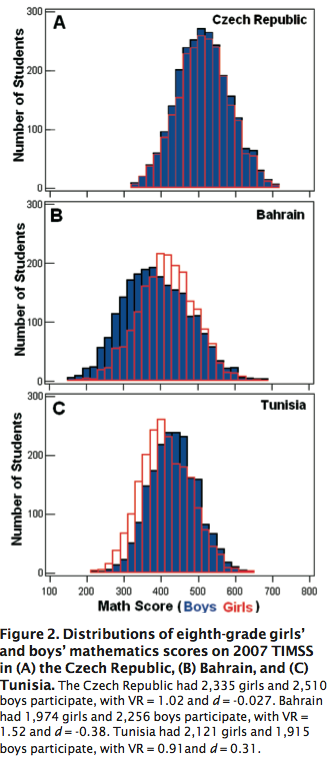
Sensory Integration
… people learn a visual task better when it’s accompanied by sound, for instance — even when they are later tested using only vision.
— Humphries, 2011: The new science of our cross-wired senses in The Boston Globe.
What I think this means, is that there is now scientific evidence to support the widespread use of sound effects in lectures/presentations. Woohoo!
For the educator, the interaction between sound and vision is one of the fascinating findings of recent research on how our senses interact (see also the work of the Visual & Multisensory Perception Lab). It seems to add some support to the arguments for multimodal learning; rather than just targeting specific learning styles — auditory vs visual vs kinetic etc.– to specific people, including multiple styles of information should help everyone learn better.
But beyond just education a better understanding of how the senses interact has a lot of implications.
… what people saw affected what they heard; that certain types of music or background noise affected how food tasted; and that smells could influence how a texture felt to the touch.
— Humphries, 2011: The new science of our cross-wired senses in The Boston Globe.
This research is already affecting how things are marketed and presented to us.
A study published this year showed that people thought a strawberry mousse tasted sweeter, more intense, and better when they ate it off a white plate rather than a black plate.
— Humphries, 2011: The new science of our cross-wired senses in The Boston Globe.
This research is also pertinent to the issue of Sensory Integration Disorder, which, by some estimates, affects somewhere between 1 in 6 and 1 in 20 children.
Visit to the Quarry/Landfill
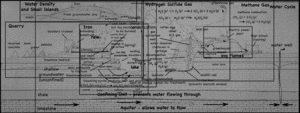
A single, half-day, visit to the landfill and quarry brought up quite the variety of topics, ranging from the quarry itself, to the reason for the red colors of the cliff walls, to the uses of the gases that come out of the landfill. I still have not gotten to the details about the landfill itself, but I’ve put together a page that links all my posts about the quarry and landfill so far.
- Quarry
- Water Cycle
- Methane Gas (CH4)
- Hydrogen Sulfide (H2S)
- Density (and freshwater lens)
- Iron staining on the cliffs.
- The Coal Seam.
There was so much information that we spent the better part of the following week debriefing it in the middle-school science class.

The map below gives a good aerial view of the site.
View Landfill and Quarry (as of 11/26/2011) in a larger map
The Water Cycle … at the Quarry

The water cycle is intricately tied to all the other topics that came up on our visit to the quarry/landfill. For some things, the tie to water is direct and inextricable.
- It’s groundwater that dissolves the pyrite in the coal seam and then precipitates an orange iron stain on the quarry cliffs.
- Rainwater seeping into the landfill leaches out chemicals that have to be prevented from getting into the groundwater, rivers or lakes.
- Gases like hydrogen sulfide can react with water (and oxygen) in the air to produce acid rain. Not to mention that water is needed for the decaying processes that produce the hydrogen sulfide, and other landfill gases like methane, to begin with.
For other things the link to water is not necessarily so obvious:
- The sediment that was compressed into the limestone that is being quarried, was formed beneath the shallow seas that once covered this region in the geologic past. Limestone is also dissolved by rainwater to create caverns, underground rivers and spaces for geodes.
- Methane gas not only requires water for it to be released via decomposition of garbage, but also produces carbon dioxide when burned. Carbon dioxide is a greenhouse gas, so it affects the global temperature and contributes to the melting glaciers, rising sea levels and changes in climatic patterns such as the amount of rain we’re going to receive in the midwest.
The water cycle picture starts simply, but gets complicated very quickly.

